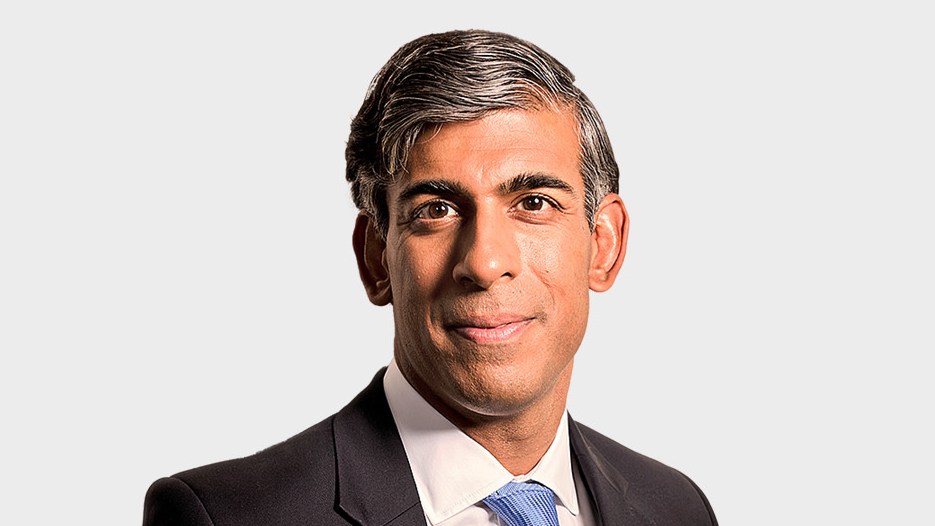Pre-budget purdah is going the same way as chancellors reaching for Dutch courage at the despatch box. Rachel Reeves has been out discussing the trade-offs she faces ahead of November 26, and rightly, too: in an era when politicians can never communicate enough, the chancellor going dark for months at a time is as sensible as sipping whisky as you deliver the speech.
All chancellors are experienced enough politicians to do interviews before the budget without revealing its secrets — although when I did the job, I did think appearing on the Sunday shows just before budget day was slightly absurd, as it mostly involves politely telling an increasingly exasperated Laura Kuenssberg to wait for Wednesday.
But Reeves’s comments do reveal something about the Office for Budget Responsibility (OBR) forecasts that will define the contours of her budget.
Her willingness to discuss increasing the budget headroom beyond the £10 billion she left last autumn suggests the first round of OBR forecasts hasn’t been as bad as feared. It indicates that Reeves is looking at a hole closer to £20 billion than £30 billion, despite how bad this September’s borrowing figures have been.
But as anyone who has been through the whole OBR cycle knows, there can be huge swings between each round of the forecast. During Jeremy Hunt’s tenure as chancellor, we had a swing of more than £10 billion between the first and second rounds. When I was at No 11, I found these fluctuations particularly problematic, as I knew my next-door neighbour would be eager to spend any upside.
• Rishi Sunak pledges to put economy before immediate tax-cutting
The increase in the interest on the UK’s long-term borrowing has grabbed headlines and despite last week’s fall, it reflects market worries about the sustainability of the UK’s finances — concerns heightened by this parliament’s unwillingness to back any serious attempts to curb spending. But the UK issues much less long-term debt than it used to. Respected City figures calculate that this shift means funding has actually been cheaper this fiscal year than in the previous two. The OBR numbers will reflect that and so be a lot less grim than predicted.
It won’t surprise readers to know that I disagreed with the chancellor’s approach in her first budget. My last act as Tory leader was replying to it, and I was deeply critical of many of the measures. But as leader of the opposition, you must respond instantly — there’s no chance to study the documents before you are called to speak — so it was only afterwards that I saw the government had left itself just £10 billion in headroom. From my own experience I knew this was an error, perhaps the most significant one.
• Rishi Sunak: Budget full of broken promises won’t fix the economy
That £10 billion was too small a buffer for the first budget of the parliament, given that government spending in 2024-25 was forecast by the OBR to be about £1.3 trillion. Moreover, the average forecasting error is £19.4 billion. This lack of leeway meant the mildest of headwinds would force a course correction, and this was a budget delivered when the downside risks from conflict and trade wars were all too clear.
The result has been months of speculation about what taxes Labour will raise as it seeks to plug the gap. The uncertainty this has created has led to a cut in business investment, hit consumer confidence and frozen the property market. This problem has been exacerbated by the usual Treasury game of letting speculation run that it’s planning three budget bombshells — so when they detonate only one, the reaction is: “Phew — not as bad as we feared.”
If Reeves doesn’t increase the headroom now, the danger is that this cycle will be repeated next year. Given the risks facing the global economy, it would be extremely “brave”, in the Yes Minister sense of the word, to assume that headroom of £10 billion will survive the next 12 months.
A bigger buffer could create a virtuous circle: bond markets would be reassured by the additional headroom and so feel more confident in the UK’s finances, reducing government borrowing costs. It’s clearly the right thing to do, and much better than the alternative of months of uncertainty every year.
But how? Raising taxes would be a disaster for the UK — and particularly if increases are concentrated on a narrow base as Reeves tries to remain technically compliant with manifesto commitments. Such tax rises would be particularly distortionary and damaging to growth.
Extra headroom created in this way would not unleash that virtuous circle, as the bond markets would, correctly, calculate that this would depress UK growth still further and that tax rises may well not deliver the expected revenues, so worsening the sustainability of the public finances.
So this crucial leeway must come from spending cuts. These are more difficult to achieve politically, but spending-based consolidations tend to be more durable. History also shows that growth holds up better after spending cuts rather than tax increases, and that spending-based consolidations generally enable interest rate reductions, which would be particularly helpful right now.
Reeves herself has, sensibly, begun to acknowledge the need for cuts, hence the attempt to curb burgeoning welfare spending. But the parliamentary Labour Party didn’t agree.
Borrowing more is not a credible option. It risks a crippling rise in the cost of servicing government debt — which, at £111 billion, already accounts for 8.3 per cent of total spending.
The choice then is simple: spending cuts or tax rises. If the chancellor opts for the latter, it will crush confidence still further and depress growth, making next year’s budget even more painful than this one will be.
The Sunday Times supports The Richmond Project (www.richmondproject.org) and the work it undertakes, and Rishi Sunak has donated the fee for this column to it

